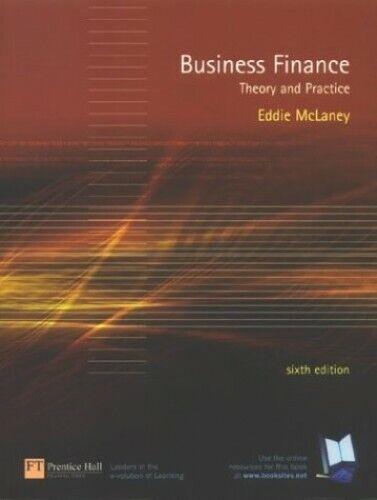2 Bearcat Company's relevant range of production is 8,500 units to 10,500 units. When it produces and sells 9,000 units, its average costs per unit are as follows: Direct materials Direct labor Variable manufacturing overhead Insurance on factory Fixed selling expense Sales commissions Utilities on headquarter office Average Cost Per Unit $ 6.50 $ 4.00 $ $ 4.00 $3.50 $ 1.00 $ 0.50 What is total product cost when it produces and sells 10,000 units? $ $ $ $ 166,000 144,000 130,000 120,000 156,000 Use the information below to answer the following two questions: Harmony, Inc. makes and sells humidifiers. They never hold inventories. Last year, its net operating income (NOI) was $38,000. The following additional information is available about last year: Units Sold Unit Selling Price Product Cost per Unit (under GAAP) Fixed Manufacturing Overhead Variable Selling and Administrative Cost per Unit Fixed Selling and Administrative Cost 1,600 units 75 42 11,200 S 6 Assuming the same cost structure, approximately how many units would the company need to sell to earn net operating income of $45,000? 2,250 1.800 1,606 1,196 E. None of the above 8 HSL Company produces rugs. The following cost information from last year is available: S Total fixed costs Total variable costs Units sold Contribution margin ratio 43,200 520,800 6,200 units 30% The company is considering a new, highly-automated machine to replace some of the labor force. In addition, the company will adjust the selling price to reflect the change in demand. Assume the following: Decrease in variable cost per unit by 3% Annual depreciation expense of the new machine S 8,000 Contribution margin ratio increases to 40% To achieve the same level of net income as last year, how many units of rugs the company must sell? (Round the answer to the nearest unit.) 4,256 units 4,463 units 6,002 units 6,621 units E. None of the above B 9 Our company's GAAP income statement includes the following line items: Revenues Gross Margin Net Operating Income $3,600,000 $400,000 $150,000 We don't have any inventories. 30% of our total manufacturing costs are fixed. Variable Selling & Administrative (S&A) expenses equal 5% of sales (the rest of S&A expenses are fixed). Our margin of safety is closest to (Do not round intermediate calculations.) A. B. C. D. $ $ $ S 3,142,373 1,350,000 400,742 150,000 457,627 10 Last year, our company's net operating income (NOI) was $3,700,000. Our Degree of Operating Leverage (DOL) was 1.80. One of our major customers went out of business, and we expect our sales to decrease by 50.0%. Assuming the same cost structure, our DOL in the current year if sales decrease by 50.0% from last year is closest to 9.0 1.8 3.6 0.9 18.0 11 Our company makes and sells three products: A, B, and C Selected GAAP income statement information is below: 20,000 $300,000 $100,000 5,000 $500,000 $150,000 10,000 $450,000 $160,000 Units sold Sales Gross margin Fixed Manufacturing Costs allocated to products by machine hours Fixed Non-Manufacturing Costs allocated to products by various methods GAAP Net Operating Income by products $40,000 $198,000 $77,100 $68,900 $11,100 $70,800 $31,200 $21,000 $41,900 Assuming constant sales mix, our breakeven revenue point in dollars is closest to $358,705 $703,348 $1,450,610 $2,428,542 $1,062,054












